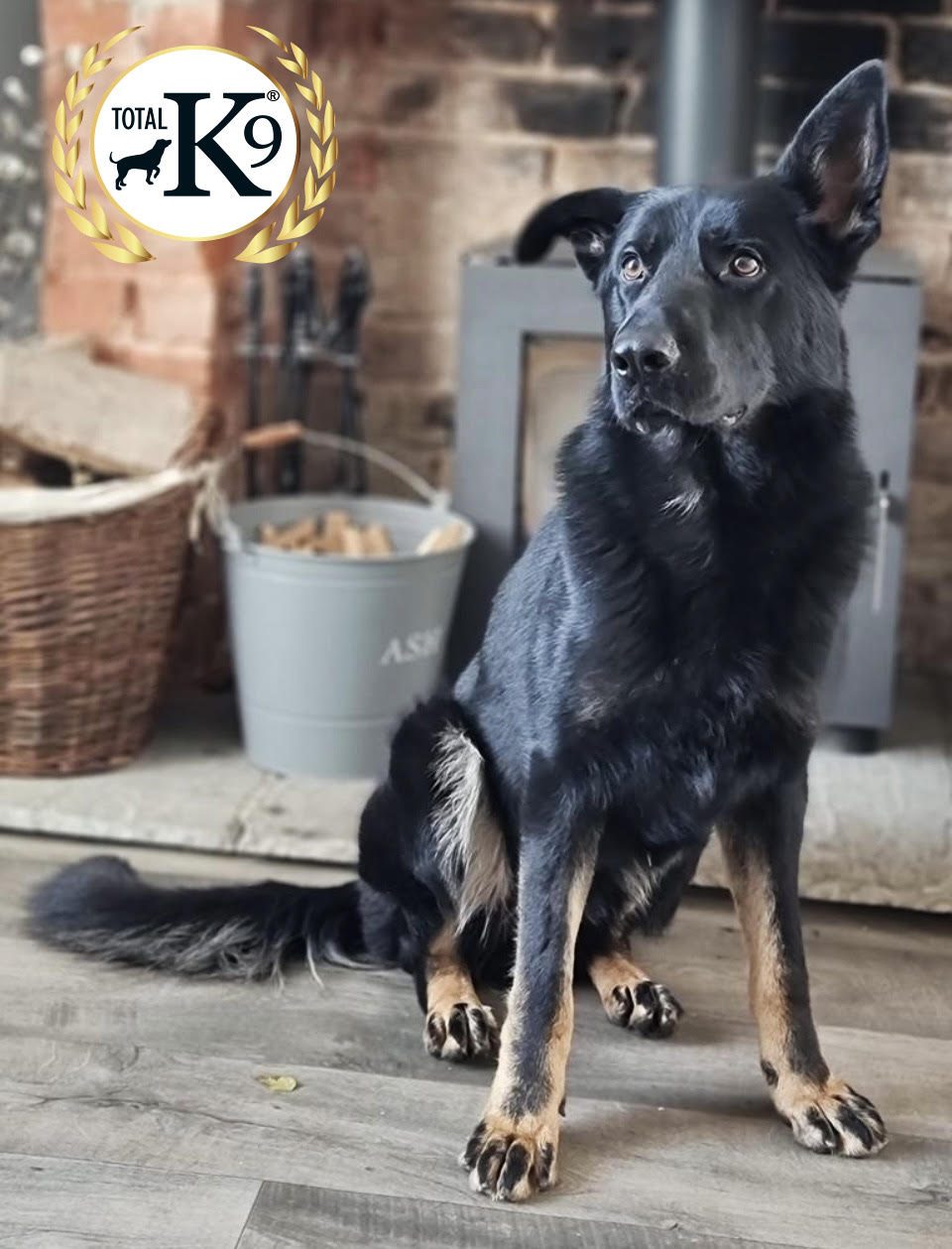When we think of dogs, we usually picture a happy and energetic animal who’s always up to something, but this isn’t always the case! While most dogs are submissive in nature, some can be overly dominant…
These types of behaviours in dogs are relatively normal depending on who the dog is with. So what is submissive behaviour in dogs? In this blog, we cover what submissive behaviour is and offer examples.
What is submissive behaviour?
Submissive behaviour is a dog’s way of communicating that they are not a threat to you. It’s also a sign of respect, not fear. This can be very confusing for people who don’t understand the subtle signals dogs use to communicate with each other because it seems the opposite of what most people expect from their dogs and themselves!
But submissive behaviour is simply one way in which dogs show respect for their pack leader (you) by acknowledging the leader’s authority and submitting to their control. Protection dogs or guard dogs may show this behaviour to show they respect you (their trainer) over anyone else.
Is submissive behaviour bad?
The fact that submissive behaviour is a natural part of dog behaviour can sometimes be confusing for owners. Because it can look similar to other behaviours, such as fear or nervousness, it’s easy to mistake submissive behaviour for something negative.
Submissive behaviour can identify your dog’s needs and provide them with the care and attention they need at any given time.
Most of the time, however, submissive behaviour is just your dog showing that they trust you and want to show affection towards you.
Examples of submissive behaviour
There are many ways that a dog may exhibit submissive behaviour. These include:
• Lying down on the ground and rolling onto its back
• Lowering its head and body
• Raising its tail (the most obvious sign of submissiveness)
• Exposing their belly to another dog or person (a very vulnerable position for an animal)
In addition, dogs will often avoid eye contact with other dogs to show submission. They may also move away from another dog when they sense hostility from them.
For more information on your guard dog’s behaviour, contact us today.

